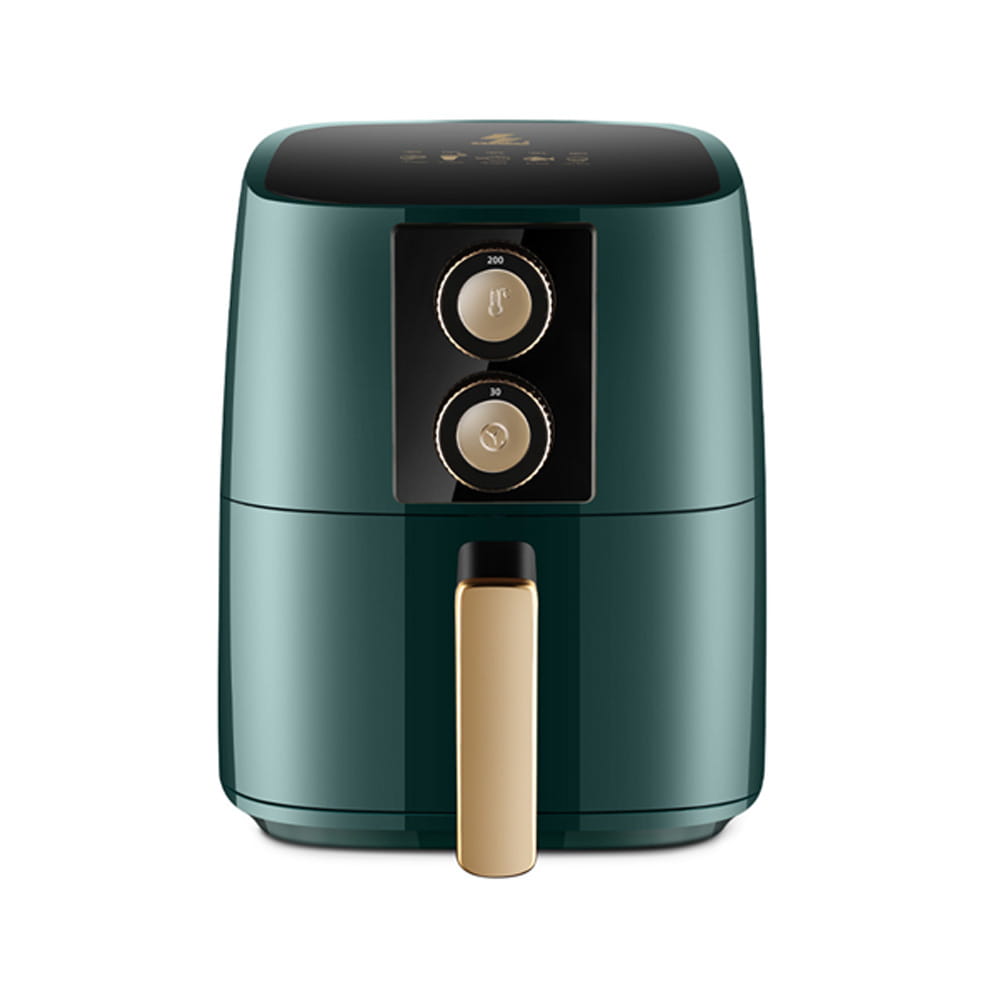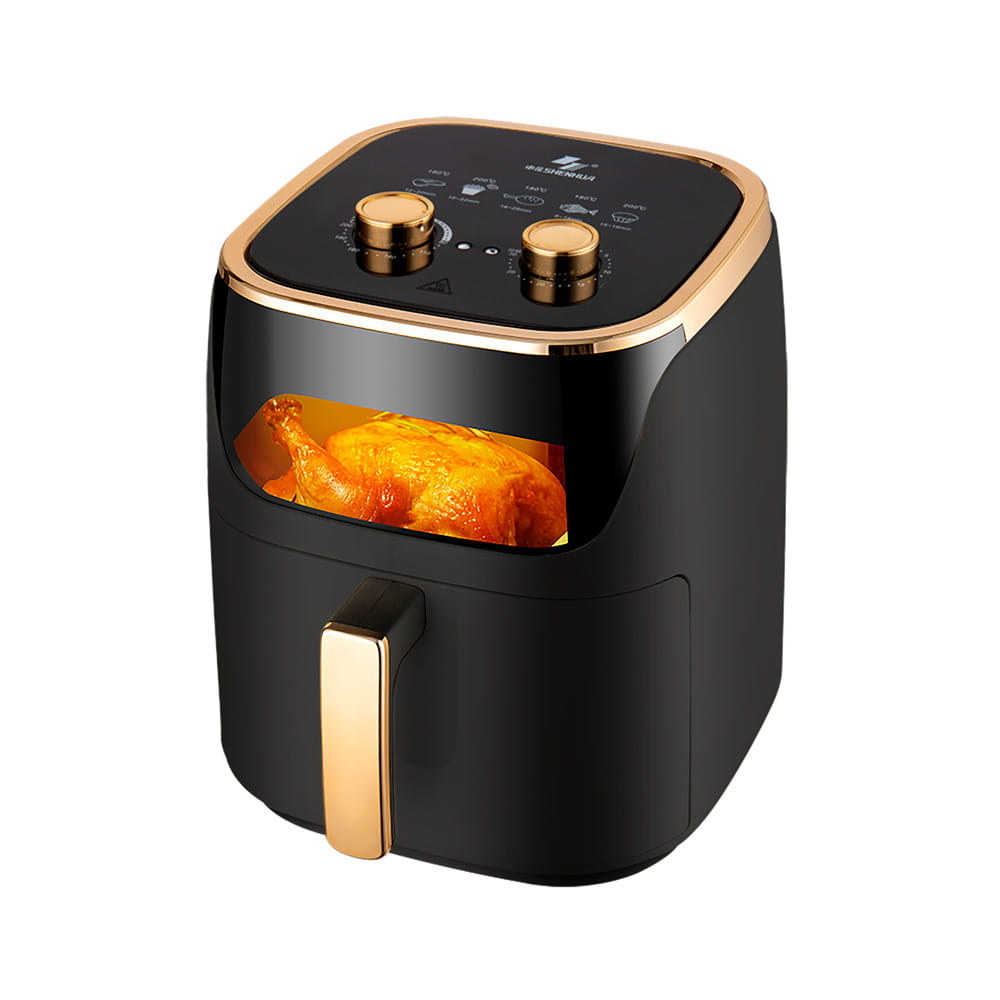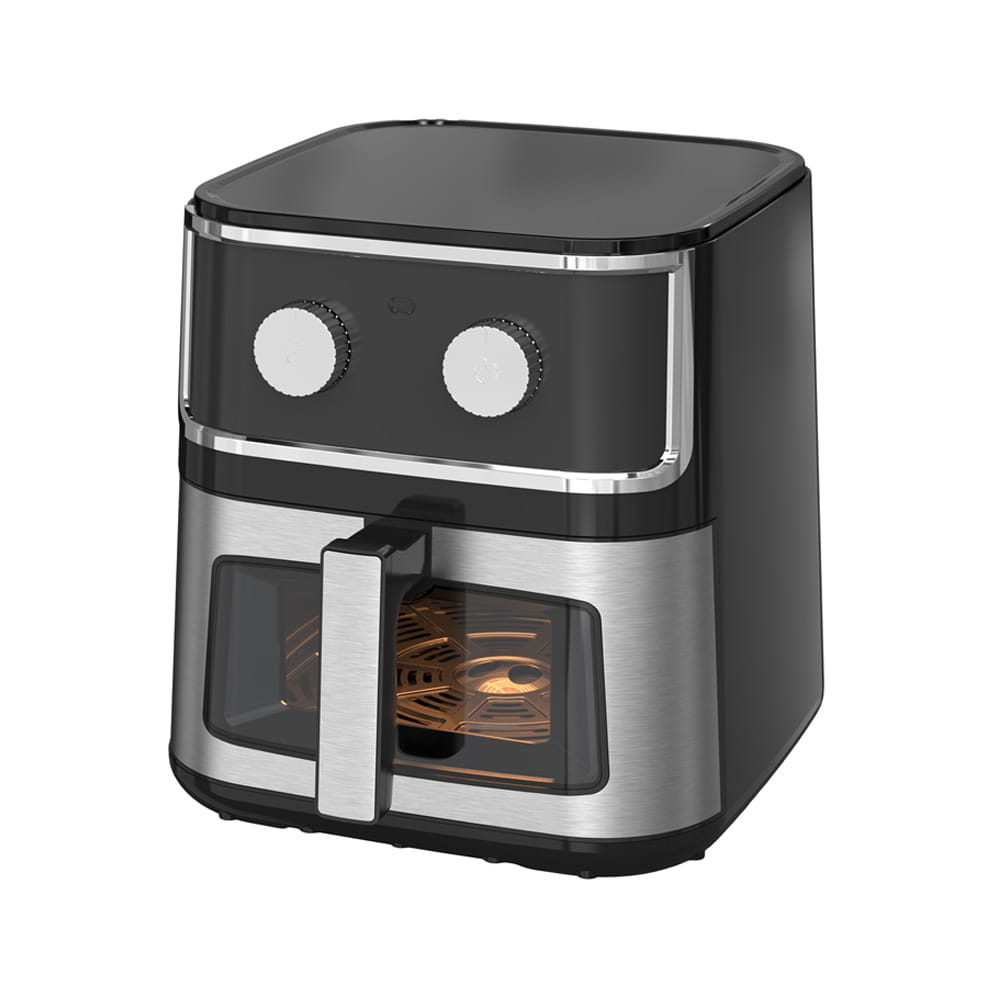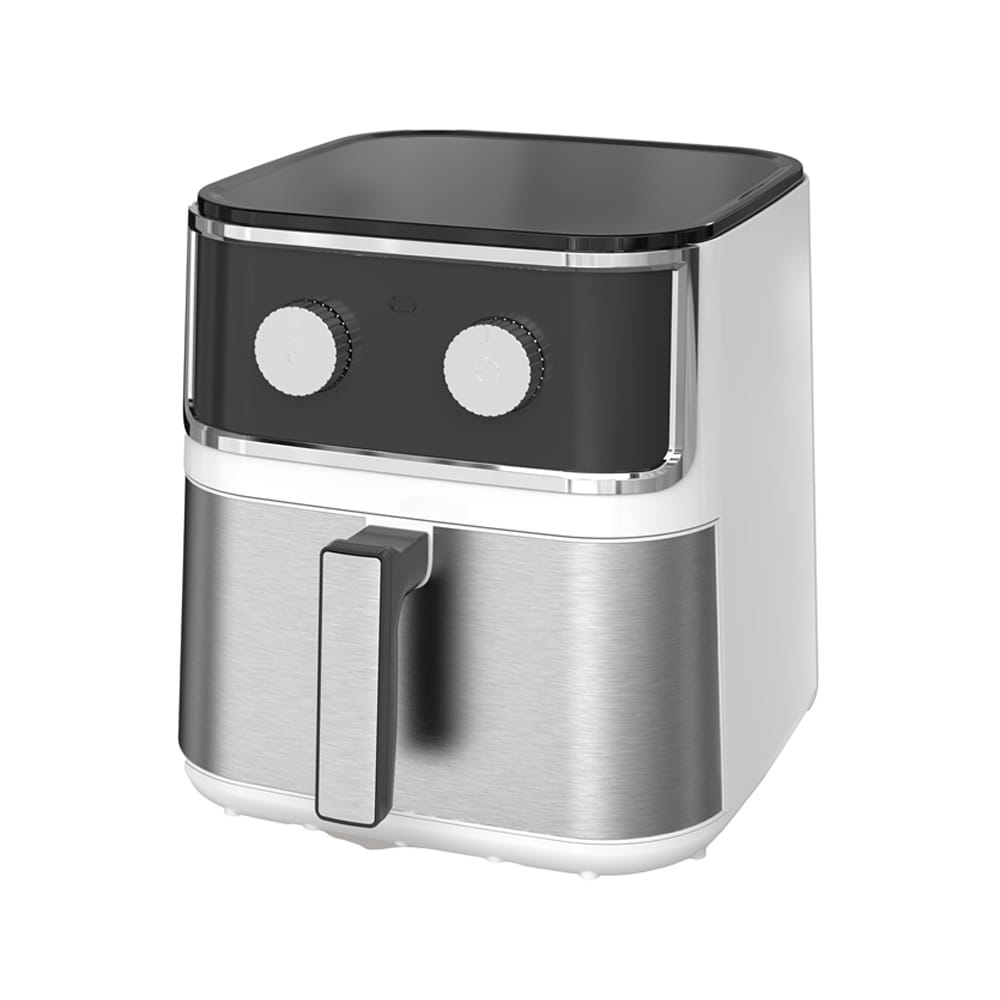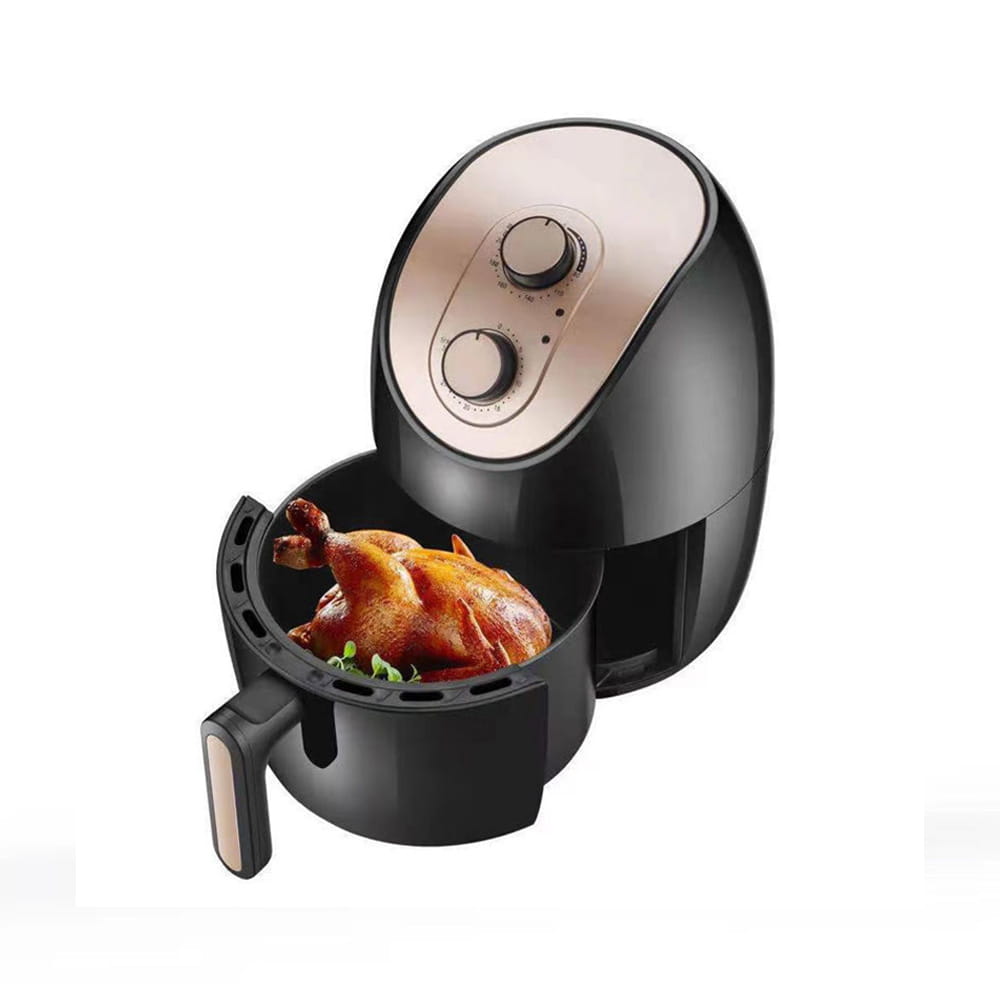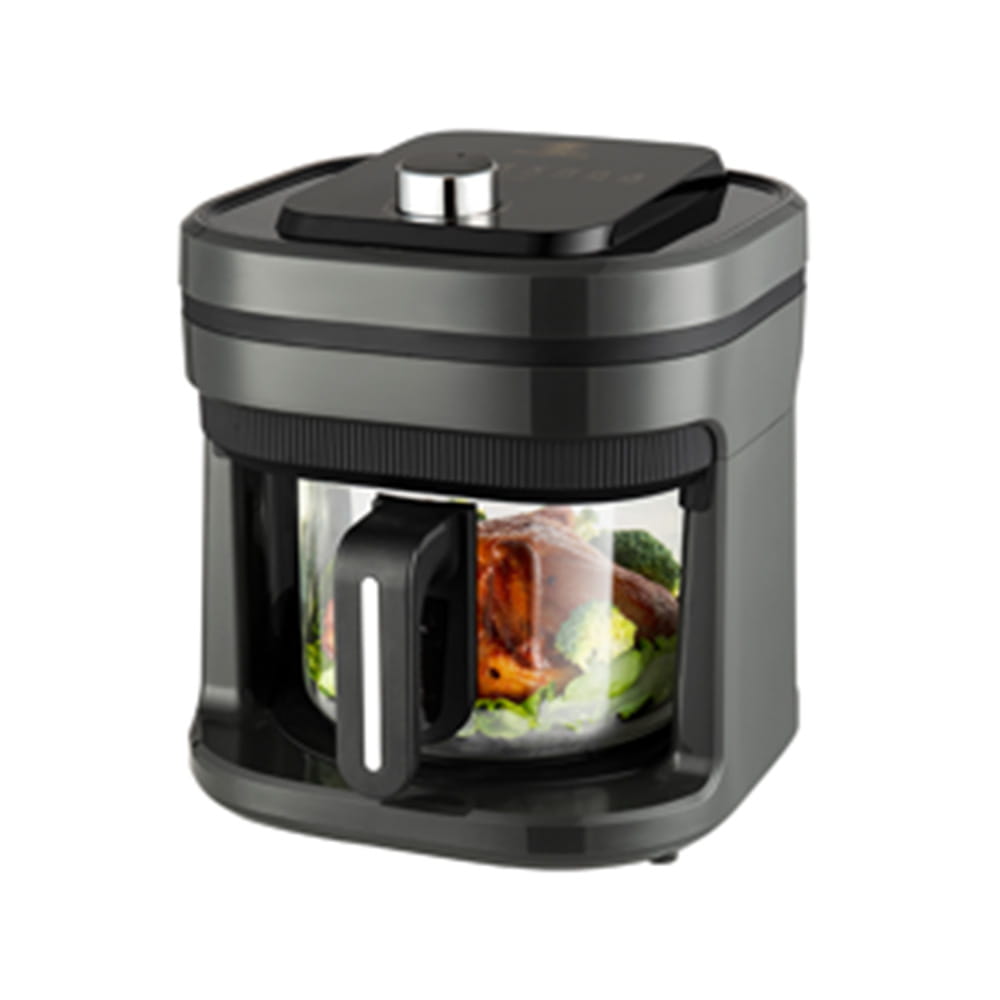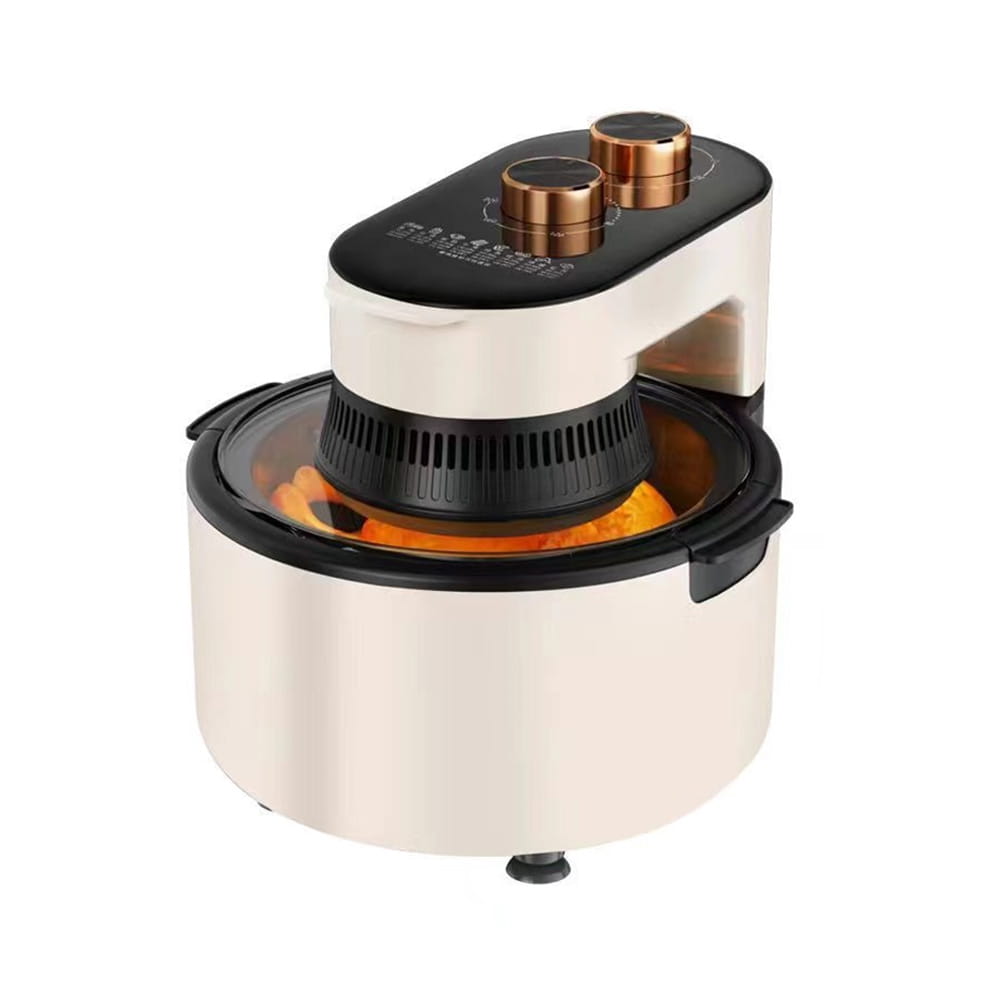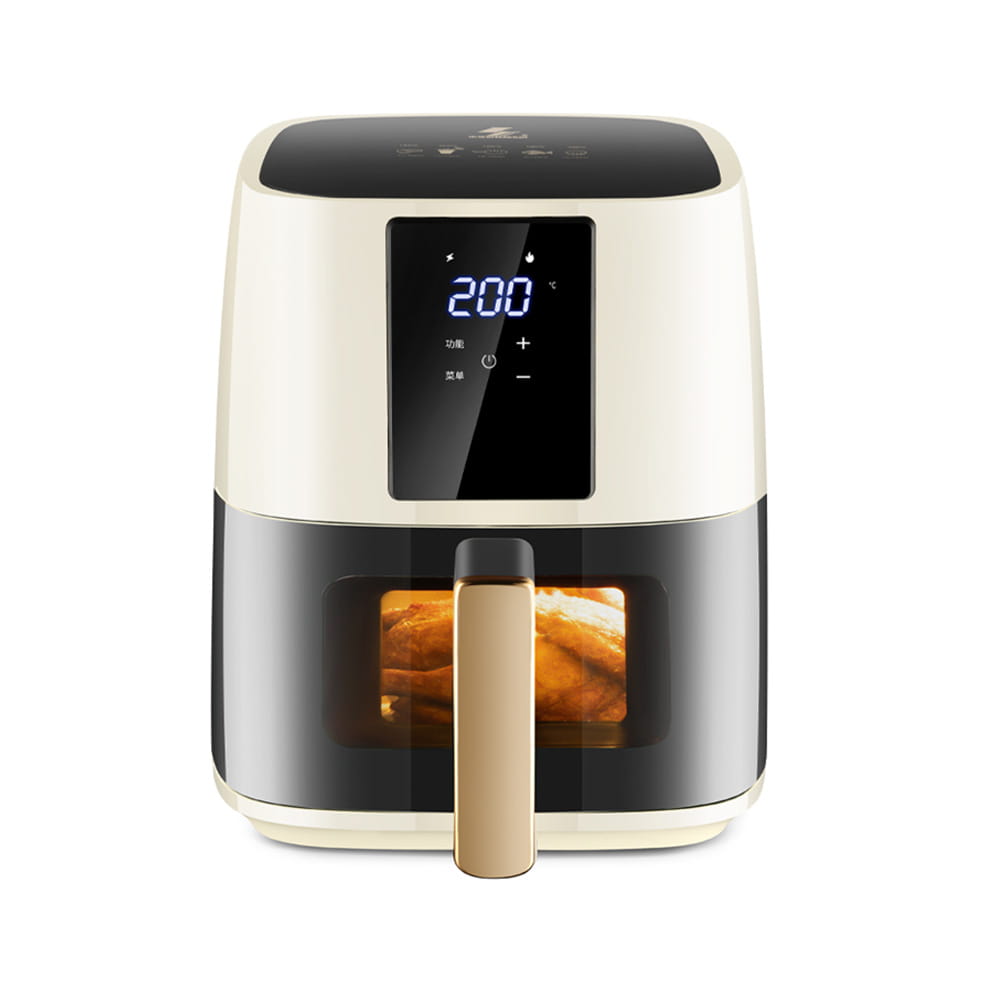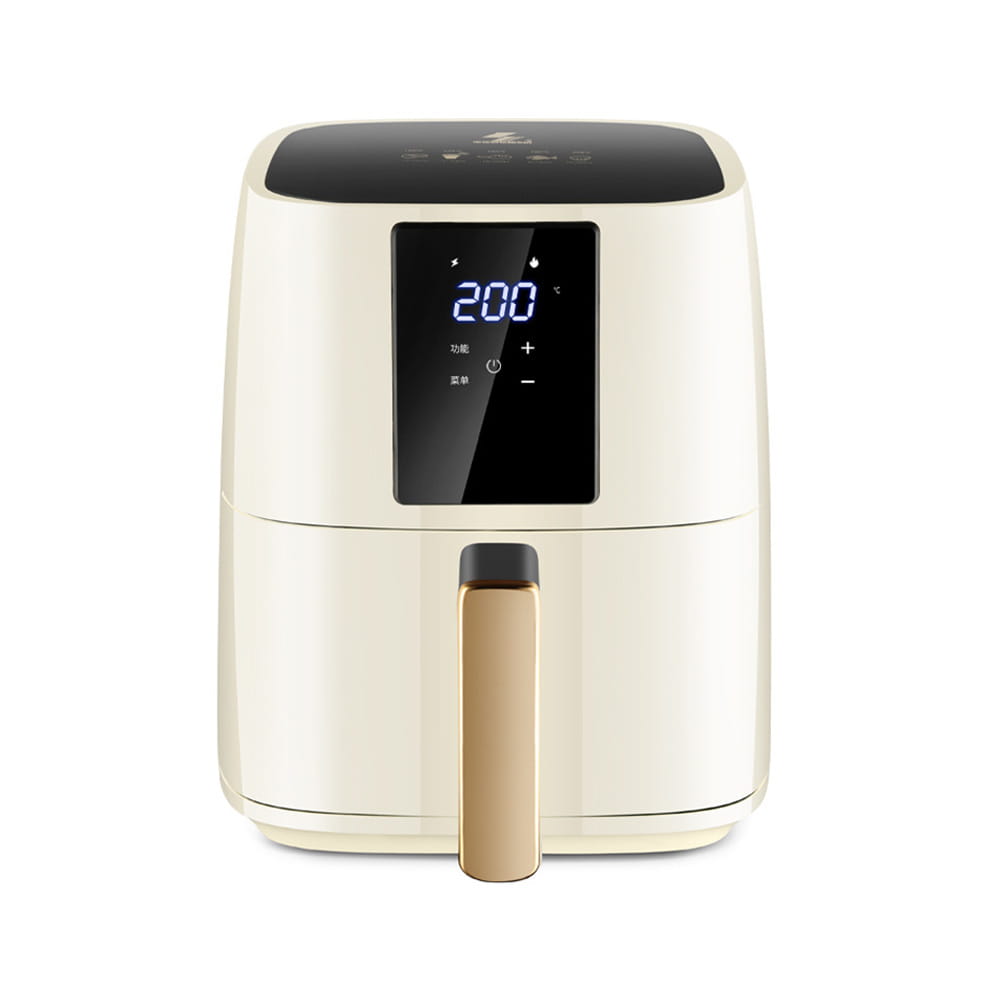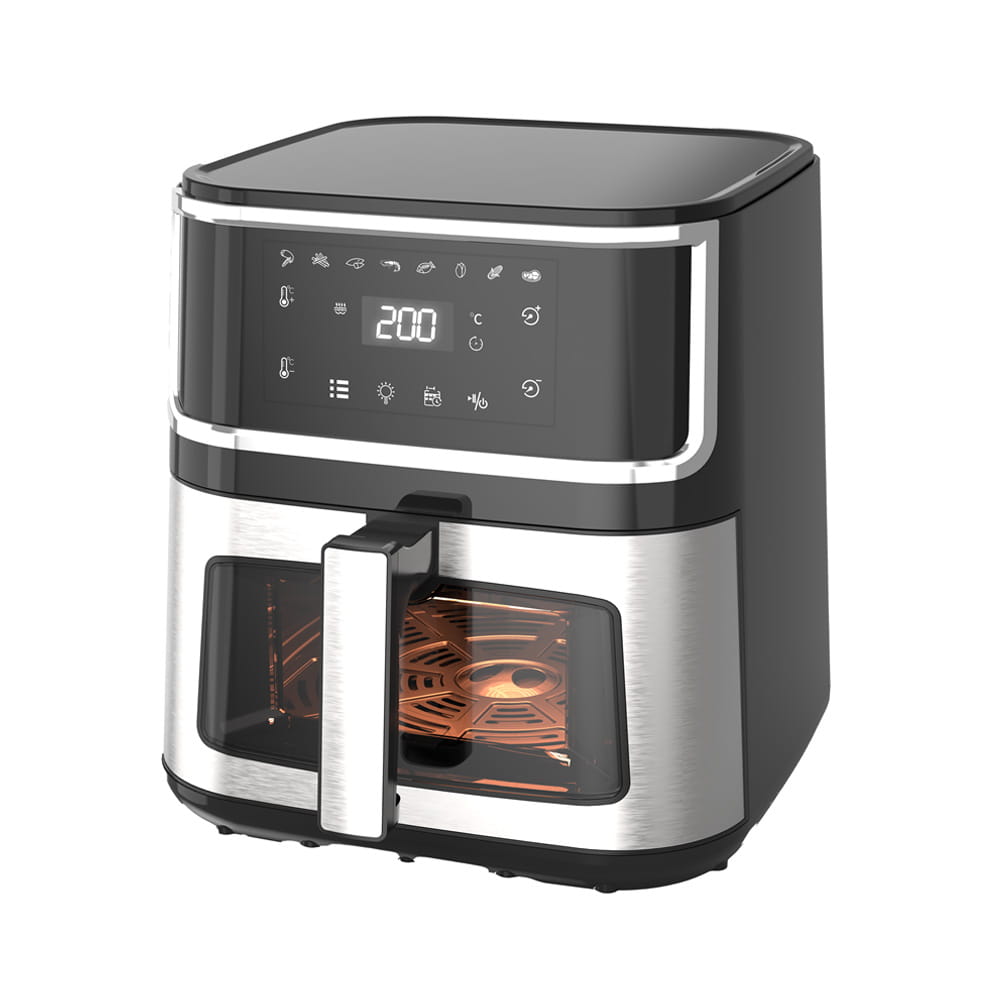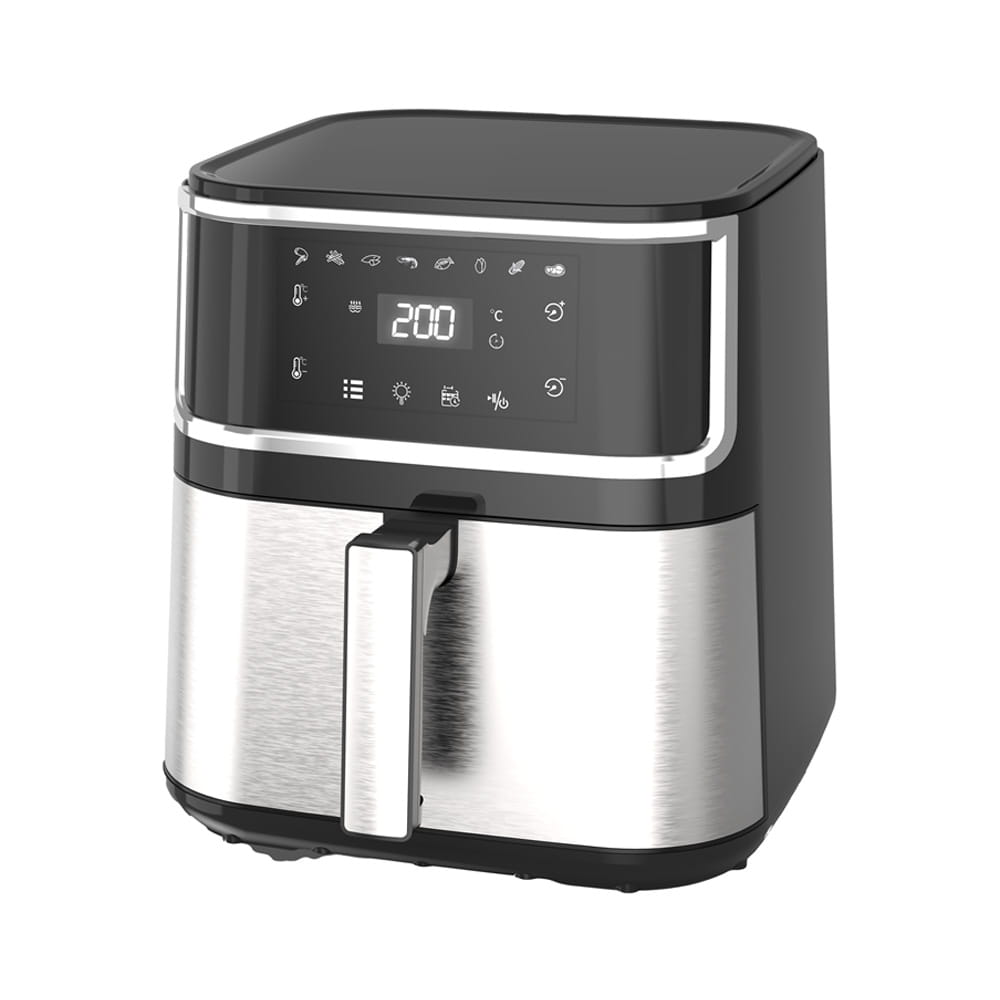1. Mechanical System Failure: Pressure and Piston Issues
The mechanical system of a car electric air pump is its core operating unit. Failure therein can directly lead to reduced inflation efficiency or even failure to inflate.
Insufficient pressure or failure to reach the set pressure
Worn or aged piston rings: Piston rings are critical components for sealing within the cylinder. Over extended operation, piston rings wear due to friction, resulting in a loss of airtightness. High-pressure gas leaks through the gap between the piston and the cylinder wall, reducing compression efficiency and ultimately failing to achieve the required maximum pressure.
Damaged or stuck valve plates: The intake and exhaust valves (typically thin steel or composite materials) control unidirectional airflow. If the valve plates are cracked, bent, or trapped by tiny particles, they can cause gas backflow or leakage, affecting the effective stroke of the cylinder and resulting in insufficient pumping pressure.
Leaking air pipes or joints: Deterioration, cracking, or loose connections between the high-pressure air pipe, quick connector, and valve threads connecting the air pump body and the tire can cause significant pressure loss.
Abnormal noise or severe vibration during operation
Loose crankshaft connecting rod mechanism: Vibration-induced loosening of connecting bolts on the connecting rod or crankshaft can cause a knocking or metallic grinding sound during piston movement.
Damaged or insufficiently lubricated bearings: Damage to the motor rotor bearings or crankshaft bearings due to grease drying or impurities can produce a sharp, unusual noise. Excessive bearing play is a common cause of increased vibration.
Loose blades or fan: If the cooling fan is loose or damaged, its blades may contact the outer casing or internal structure at high speed, causing a periodic scraping sound.
2. Electrical and circuit system failure: Power supply and motor problems
Electrical system failure is the main cause of a car electric air pump failing to start or operating intermittently.
Unable to Start (No Power)
Blown Fuse: Air pumps are typically equipped with an overcurrent protection fuse (located inside the cigarette lighter plug or on the circuit board). A short circuit, stalled rotor, or excessive transient current in the power cord can cause the fuse to blow, completely disconnecting the device from power.
Poor Contact in the Power Cord or Plug: An aging or loose reed inside the cigarette lighter plug, or a break inside the power cord (especially at a bend), can cause an open circuit and a loss of power.
Open or Burned Motor Windings: Severe overheating or current surges can cause the copper windings inside the motor to melt, creating an open circuit and completely rendering the motor inoperable.
Unstable Motor Operation or Excessive Heat
Worn Carbon Brushes (for Brushed Motors): The carbon brushes in brushed motors are consumable parts. When worn to the limit, the brushes lose contact with the commutator, resulting in unstable motor speed, excessive sparking, and ultimately stalling.
Overheating protection triggers shutdown: When the air pump operates continuously for longer than the design limit, the motor coil or cylinder temperature becomes excessively high, triggering the thermal protection mechanism. Although there is no electrical fault in this situation, the thermal management system intervenes and causes the device to shut down.
Unstable power supply voltage: If the vehicle power supply voltage is too low (e.g., a low battery charge), the motor current increases, causing it to overheat and potentially stall due to insufficient torque.
3. Control and accessory system failure: Display and operation issues
Hyundai electric air pumps often use digital displays and electronic controls, introducing new failure points.
Inaccurate tire pressure display or erratic readings
Pressure sensor drift or damage: The pressure sensor is a core component for achieving preset tire pressure and automatic shutdown. Exposure to shock, moisture, or prolonged high temperatures can cause permanent deviations (drift) in the measured value or unstable (jumpy) readings.
Moisture on the printed circuit board (PCB) or electromagnetic interference: If the control chip on the printed circuit board (PCB) is affected by ambient moisture or vehicle electromagnetic interference (EMI), garbled characters on the digital display or program errors may occur.
Automatic shutdown function failure
Preset button or control logic failure: If the preset button on the control panel fails or there's a firmware error in the internal microcontroller, the pump will be unable to correctly identify or store the target tire pressure, and the automatic shutdown function will fail.
Relay sticking or damage: In some high-power models, the motor power supply is controlled by a relay. If the relay contacts become welded due to excessive current, the motor will not shut off after reaching the preset pressure.

 English
English Español
Español